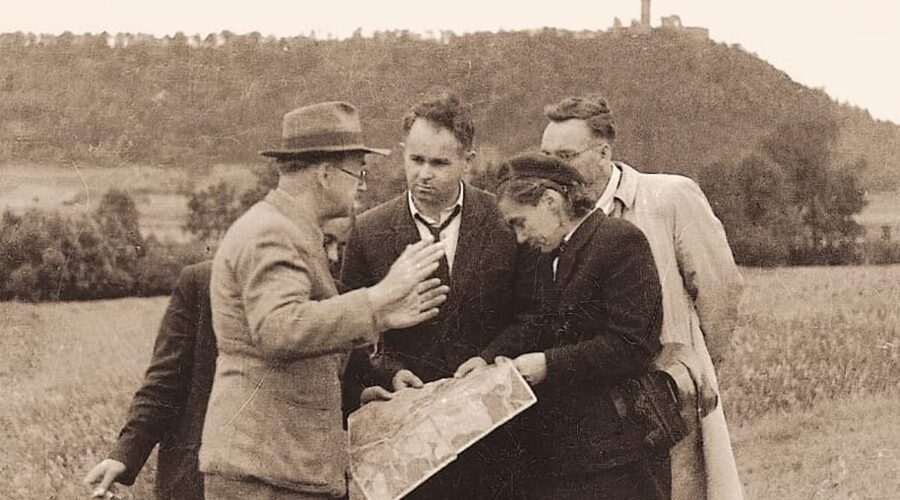66th anniversary of the discovery of the copper deposit that created the Copper Belt
On March 23, 1957, Jan Wyżykowski discovered an ore deposit near Sieroszowice in Lower Silesia, with 1.40 percent copper content at a depth of 655-658 meters. It was the largest geological discovery in Poland, which changed the region and had a huge impact on the country’s economy.
Jan Wyżykowski’s discovery led to the creation of KGHM, a global company and world leader in the mining industry. Every year, on March 23, flowers and wreaths are laid at the memorial obelisk in Sieroszowice. The Jan Wyżykowski Society of Friends is organizing a meeting of people with links to KGHM and the Copper Belt.
“After six decades of work of successive generations using the resources of the Copper Belt, we still invariably appreciate how important the event of 66 years ago was. It led to the creation of a company that contributes to the development of the region and the country, and a giant on a global scale. We would like to thank the explorers and all those who have contributed and continue to contribute do the creation of the history and the present of Polska Miedź,” said Tomasz Zdzikot, the CEO of KGHM Polska Miedź SA.
Jan Wyżykowski was born on March 31, 1917, in the village of Haczowa, now in the Rzeszów Province. He graduated from the AGH University of Science and Technology in Cracow. He began his career as a miner. He later took a position as a clerk at the Geological Institute in Warsaw. The search for copper deposits took Jan Wyżykowski many long years. In 1985, Lubin residents honored the memory of the explorer by erecting a monument to him.
Initially, the drilling program developed by Jan Wyżykowski was met with a lot of negative feedback. The opponents of the exploration claimed that the work of German geologists had not confirmed the presence of deposits in the area. The drilling continued by Wyżykowski’s team and resulted in the discovery of the first Lubin-Sieroszowice deposit and major ore deposits with 1.40% copper content at a depth of 655-658 m.
March is a special month in the history of KGHM as, in addition to the anniversary of the discovery of the deposit, this year the KGHM Polska Miedź Foundation is celebrating its 20th anniversary. Its key activities involve financial and in-kind donations to individuals and institutions.
The KGHM Polska Miedź Foundation was established in 2003. For 20 years, it has continued the pro-social activities of its Founder, KGHM Polska Miedź S.A. It engages in activities that aim to enhance the safety and health, support the intellectual, professional, and cultural development, and stimulate the activity of people aimed at the common good in the Copper Belt, in Poland, and abroad.
Over the years, the Foundation has financially supported both individuals and institutions to a total of nearly PLN 290 million. It implemented nearly 5,600 projects and made donations to nearly 8,700 individuals.
March is also the month of the 60th anniversary of the mining of the first bucket of copper ore in the Copper Belt. The event took place on March 20, 1963 in the L-III shaft of the Lubin mine, at a depth of 610 meters. One of the pioneers of Polska Miedź, Jan Urlich recalled: “In the ore, we noticed a large chunk of dolomite, in which large veins of copper sulfides were visible. The joy was immense. I thought: at last we have reached the deposit.” The first ore output weighed 4-5 tons.



